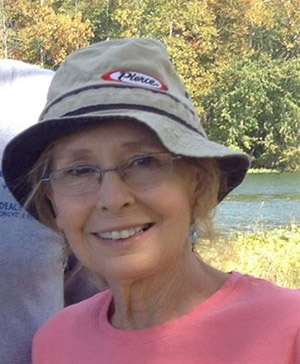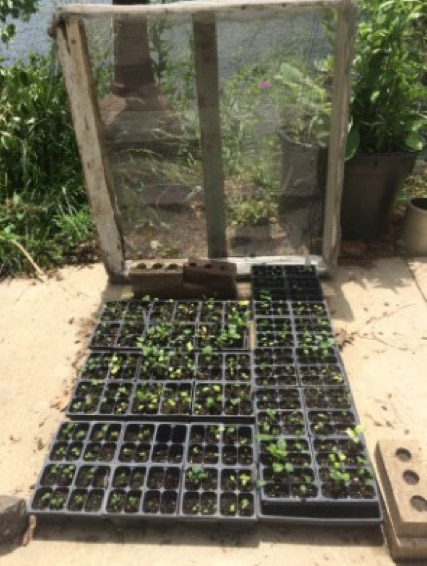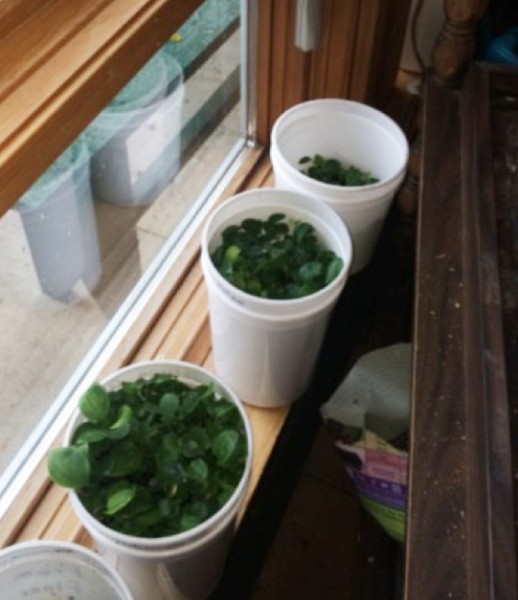‘In The Garden’ — How Does Hybridization Apply To Garden Care?
 By JOYCE ARLEEN CORSON
By JOYCE ARLEEN CORSON
Master Gardener
Your garden and surroundings can be a great resource for you. Plants, like people, have habits and characteristics essential to their survival.
Some take more of a lot than a little water. Watering should be early, between 4 and 8 a.m. as a recommendation. If watering in the afternoon, avoid when sun is on leaves but time is left for leaves to dry before evening.
Roots need water too, drip line of plants only reflect a portion of what the plant needs. Prune fall beauties like asters, mums and golden rod to half by July 4, to reduce lankiness.
Japanese yew and Arborvitae don’t like their feet wet. Large leaves but small blossoms, like hosta, take a lot of water. Daylily is middle of the road, going for days without water but then seeking water in the ditch where they were thrown.
We know the hybrid daylily supersede in all aspects; larger blossom, more petals, color all done through hybridization. Flowers remain for our eyes, be careful removing fading blossoms. Garden looks improve, yet waiting for the seed to develop takes patience.
Hybridizing changes the way you observe and relate to plants. Some nice variables to consider: clump and leaf size, shape, disease resistance, color, fragrance, scapes, growing zone.
All the great plants have not yet been created. To make one of your own, get to know the parts of the flower and follow these steps:
1. Prepare the bud at sunset by removing petals and stamens, leaving the pistil behind.
2. Make cross with fresh dry pollen from newly opened flower at sunrise.
3. Tag with name of pollen plant ♂, and pod plant ♀ in that order.
Two days later pistil lengthens and dries, four days ovary swells, seed pod forms. In the fall dry pod opens, ripe seed falls to the ground. Store the pod in a cool, dry, dark place.
Watch and don’t be late when the pod opens, catch the seeds, cultivate them in a friendly environment as previously described, in “Seed and Believe.¹” Remember once a flower, if pollinated, a seed will follow.
Style and design are based on the individual creating, choosing the plants and color. Sometimes reasons and consequences are unknown only to be revealed in the end product².
For example, white wedding dress, cake and roses were styles set forth by Queen Victoria. Bridal wreath Spiraea prunifolea, Anna Belle hydrangeas, hosta plantaginea, cabbage trees or Agaves were amenities and trends created for 19th century gardens. Foundation plantings included lilac, mock orange and peonies. Remnants remain at Victorian houses such as Reitz Museum in Evansville, Indiana.

Sprouts moved outside, with squirrel guard. (Photo/Joyce Arleen Corson)
Lycopene an antioxidant, a bright red carotene and carotenoids that give fruits and vegetables their red, yellow and purple colors, are absent in white foods such as cauliflower and potatoes. Many heritage or native fruits and vegetables were not white.
With hybridizing, characteristics like old fashioned traits, color and fragrance becomes outdated as next generations prefer larger, more showy flowers and pristine lawns. Losing important food nutrients may also influence the health of our society.
¹ “Seed and Believe,” by Joyce Arleen Corson
² “Slightly Different Nursery,” by Paul Owen
“Hybridizing ABC’s,” by Frank Nyikos
“Iris Hybridization,” by Ellen Barcus
Corson is a graduate of Adams Central High School, Manchester University and Ball State University. She and her husband, Ron, were married and enjoyed many years of traveling before they settled at Lake Papakeechie to raise their family. Soon after moving to the Syracuse area, Corson joined the Syracuse/Wawasee Garden Club and then became a Kosciusko County Master Gardener in 2002, the same year she retired from teaching.
“Early on my interest in gardening came from a lineage of farmers and their wives, including three generations of generosity, giving me an enormous collection of heritage trees, shrubs and flowers. History and traveling has given me special interest in native flowers, hosta, the art of bonsai and many plants that have been naturalized.”
Individuals who wish to contact Corson for further information or questions may email her at [email protected].

